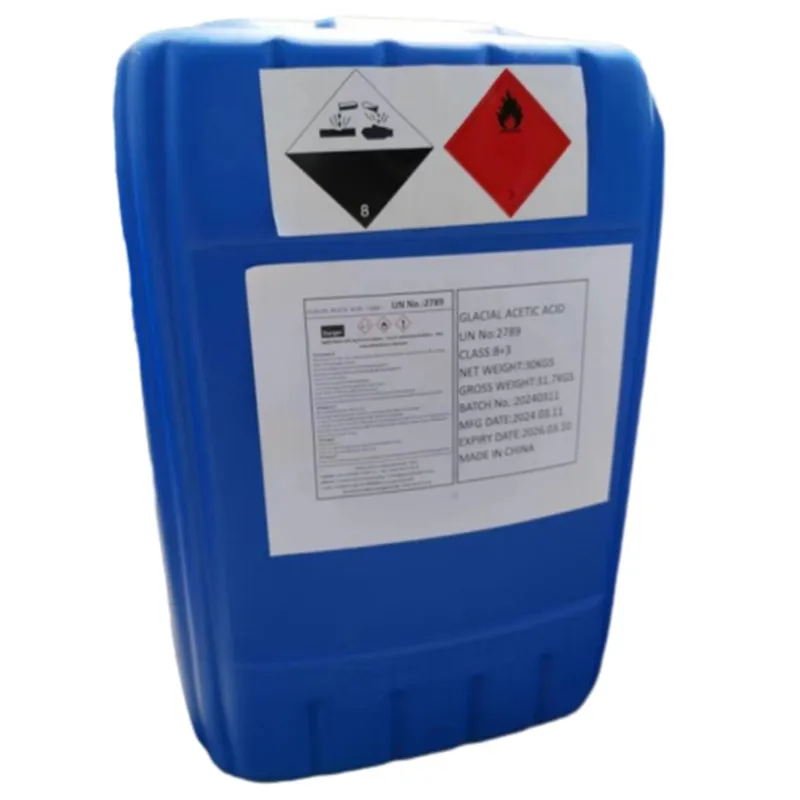
e129 food additive
Understanding E129 Food Additive Insights into Allura Red AC
In the world of food additives, E129, commonly referred to as Allura Red AC, stands out as a vivid colorant used in various food products. This synthetic dye is particularly popular in the food industry due to its bright red hue, which enhances the visual appeal of a wide range of consumables. While colors can excite the senses and influence purchasing decisions, it is crucial to understand what E129 is and the implications of its use.
What is E129?
E129 is a synthetic dye derived from petroleum, belonging to the azo dye category. Its primary purpose is to enhance the color of foods, drinks, and even some cosmetic products. You might encounter E129 in candies, soft drinks, snack foods, sauces, and various desserts. Its ability to provide a stable and intense red color makes it a favored choice for food manufacturers looking to appeal to consumers visually.
Regulatory Status
In several countries, E129 is subject to strict regulations. In the European Union, it is included in the list of food additives authorized for use, provided that products are labeled appropriately to inform consumers about their presence. However, alongside its approval, there have been ongoing discussions concerning its safety and possible adverse effects. In the EU, food products containing E129 must display a warning label indicating that it may have an adverse effect on activity and attention in children.
In contrast, the United States Food and Drug Administration (FDA) permits E129 in food supplies as long as it meets safety standards. Consequently, E129 can be found in various popular products across the U.S.
Health Implications
e129 food additive

Despite its widespread use, concerns regarding the safety of E129 have arisen over the years. Research has suggested potential links between synthetic food dyes, including E129, and hyperactivity in children. While the evidence is not conclusively established, many parents and health-conscious consumers prefer to avoid these additives, prompting a rise in demand for all-natural alternatives.
Additionally, individuals with allergies or sensitivities to specific food dyes may experience adverse reactions when consuming products containing E129. Symptoms may include hives, swelling, or gastrointestinal disturbances, although such reactions are relatively rare.
Alternative Options
With growing consumer awareness surrounding food additives, there has been a significant shift towards natural food colorings. Many manufacturers are now exploring alternatives such as beet juice powder, turmeric, or spirulina that can achieve similar visual effects without synthetic compounds. These natural colorants not only cater to health-conscious individuals but also appeal to those embracing a clean-label food philosophy, which prioritizes transparency in food ingredients.
Conclusion
E129, or Allura Red AC, plays a substantial role in the contemporary food industry by providing a vibrant color that enhances product attractiveness. However, its use is accompanied by ongoing debates regarding safety and potential health risks, especially among children. Regulatory bodies across the globe continue to assess and monitor the implications of synthetic food dyes, ensuring that consumer safety is prioritized.
As awareness increases and the food landscape continues to evolve, it’s essential for consumers to be well-informed about the products they choose. Whether you decide to embrace E129-containing products or explore the growing array of natural alternatives, understanding the nuances of food additives helps make empowered choices for your health and well-being.
-
Pure Sodium Dichloroisocyanurate Dihydrate | Powerful DisinfectantNewsAug.29,2025
-
Industrial Chemicals: Quality & Purity for Every IndustryNewsAug.28,2025
-
Nitrile Rubber Honoring Strict Production StandardsNewsAug.22,2025
-
Aspartame Ingredients Honoring Food Safety ValuesNewsAug.22,2025
-
Fertilizer for Balanced Plant NutritionNewsAug.22,2025
-
Cyanide Gold Processing with High Purity AdditivesNewsAug.22,2025
-
Formic Acid in Textile Dyeing ApplicationsNewsAug.22,2025
Hebei Tenger Chemical Technology Co., Ltd. focuses on the chemical industry and is committed to the export service of chemical raw materials.
-

view more DiethanolisopropanolamineIn the ever-growing field of chemical solutions, diethanolisopropanolamine (DEIPA) stands out as a versatile and important compound. Due to its unique chemical structure and properties, DEIPA is of interest to various industries including construction, personal care, and agriculture. -

view more TriisopropanolamineTriisopropanolamine (TIPA) alkanol amine substance, is a kind of alcohol amine compound with amino and alcohol hydroxyl, and because of its molecules contains both amino and hydroxyl. -

view more Tetramethyl Thiuram DisulfideTetramethyl thiuram disulfide, also known as TMTD, is a white to light-yellow powder with a distinct sulfur-like odor. It is soluble in organic solvents such as benzene, acetone, and ethyl acetate, making it highly versatile for use in different formulations. TMTD is known for its excellent vulcanization acceleration properties, which makes it a key ingredient in the production of rubber products. Additionally, it acts as an effective fungicide and bactericide, making it valuable in agricultural applications. Its high purity and stability ensure consistent performance, making it a preferred choice for manufacturers across various industries.





